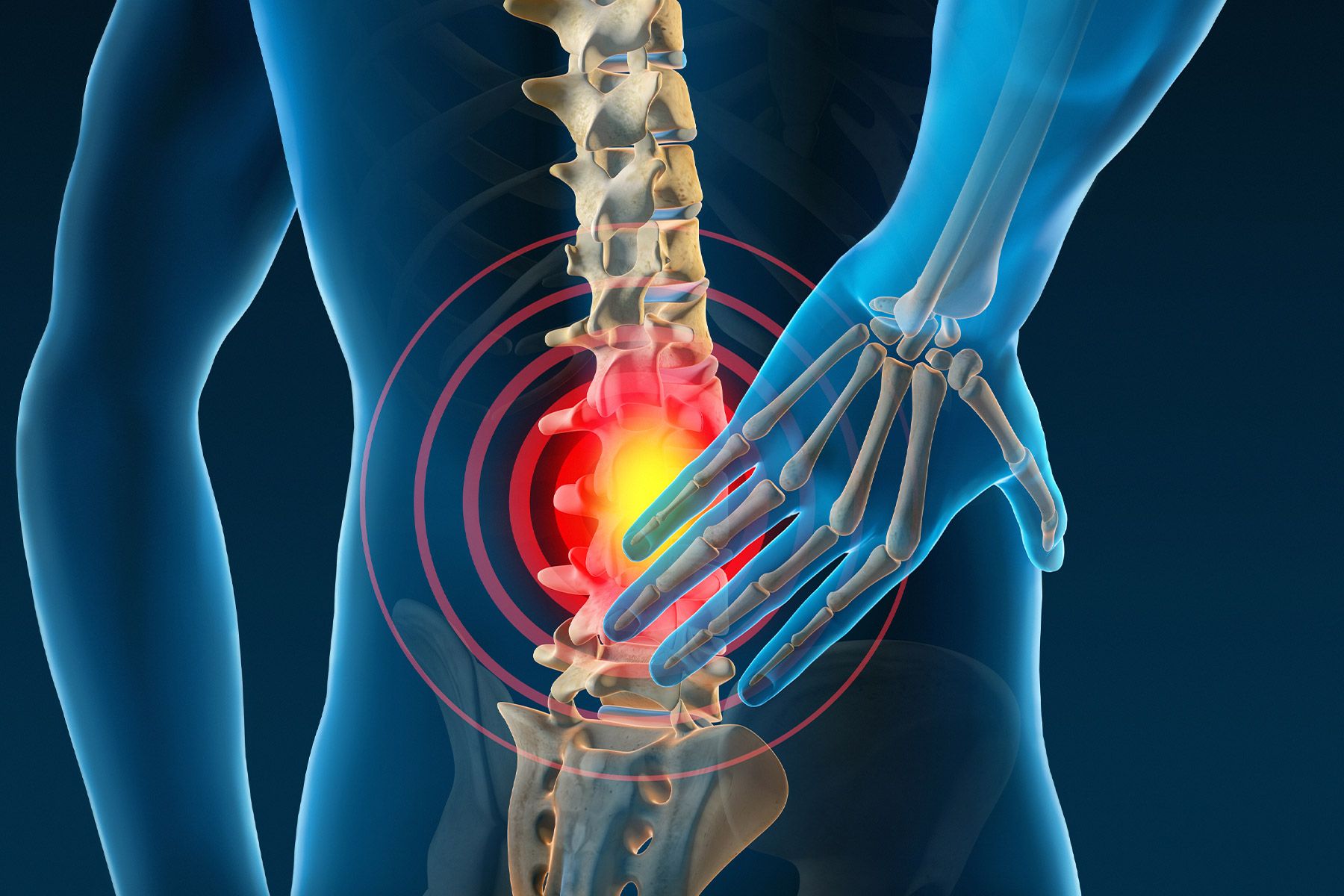The Purpose of Pain
Let’s talk about pain science! Pain is a signal from the brain of a perceived threat. Pain is there to protect you! It’s a request from our brain telling us that it’s time to change something – whether that’s the way you move, positions you live in or what you’re eating. Mechanical back pain does not have to be debilitating and just because you have back pain does not mean you’re broken.
Just because you have pain doesn’t mean you need an MRI; just because your MRI shows “degenerative,” “disc bulges,” or “arthritis,” – doesn’t mean it’s causing your pain. Back pain is often unassociated with the aforementioned structural changes commonly found from imaging, e.g. X-ray, CT scan, MRI. There are countless studies that show arthritis, disc bulges, and hip pathology on individuals who don’t have any pain!
Common Causes for Back Pain
Mechanical back pain is most commonly caused by poor body mechanics and postural habits.
Humans are meant to move and move often — not sit in chairs and stare at electronic screens for hours on end. From infancy through the first year of life, we learn to how to move properly; setting us up for the rest of our lives.
Think about the average desk worker’s day: sit for breakfast, sit in the car on the way to work, sit at the desk, sit for lunch, back to sitting at the desk, sit in the car back home, sit in front of the T.V. — you get the point.
Mechanical back pain can occur suddenly from something as simple as bending over to put on your socks, but most commonly occurs for no apparent reason – likely from accumulated stress.
The accumulative postural stress of sitting as a daily habit is like bending your finger backward. It may not hurt at first, but the longer you hold it there, and the more pressure you apply over time, it will start to feel uncomfortable and aching. When you let go of the finger, you’ll have a residual ache, but you’ll notice the pain quickly subsides. This is mechanical pain and is similar to what the typical American with back pain experiences.
So, what happens after you poorly lift something heavy after sitting all day? It’s like cranking that finger back as far as it can go…and it’s probably going to hurt long after you let go of it!
Treatments for Back Pain
The most common treatments are rest, medication, physical therapy, sports therapy, chiropractic, acupuncture, massage, and other various conservative therapies.
While most acute bouts of back pain will resolve on their own within a few weeks, the risk of recurrence is very high. This sounds silly, but the greatest risk of lower back pain is previous low back pain — if you’ve had it once, it’s likely going to happen again. The goal is to learn proactive strategies so that if you deal with the pain in the future not only can you manage it, but attack and relieve it on your own.
Few individuals need surgery for back pain. Do you have a disc bulge? Even if it’s relevant, lumbar disc herniations have been shown to resolve on their own without surgery.
If you have intense and unrelenting pain down the leg, progressive muscle weakness, bladder or bowel symptoms, or specific structural problems not responding to conservative therapy, surgery may be warranted.
What You Can Do
Low Back pain is a $600 billion dollar industry in this country. That is outrageous! Musculoskeletal pain is unfortunately very mismanaged. Why make simple problems complex?
With all mechanical pain, there’s a ‘what’ and a ‘why’ — what the problem is and why it’s occurring in the first place. To achieve resolution it’s crucial to not only identify and correct the problem at hand but address the behaviors which lead to the issue!
Here are some self-help tips:
Keep moving!
Avoid sitting for longer than 30-minutes at a time.
Sit with upright posture with lumbar support.
Take micro-breaks: stretch, take a stroll, grab a snack, move around.
Take mental notes of what you are doing when your pain feels better or worse to identify any positional patterns.
How to Achieve Rapid Recovery
Many traditional clinics focus on long-term treatments that require extensive in-office appointments costing patients both time and money. At Motion ChiroTherapy, we provide a cost-effective alternative. We quickly identify what’s causing your discomfort, get you out of pain, then teach you how to minimize any recurrence through specific exercises and principles.
To achieve rapid results, Dr. Robert Lutz takes his time to talk to you and learn about your problem, analyze your movements and uncover the root cause of each individual complaint. Once the source of discomfort is detected, we will use the most appropriate treatments from our unique toolbox to quickly resolve symptoms. We understand what patients want; fast pain relief, personal attention and the ability to get back in motion!



